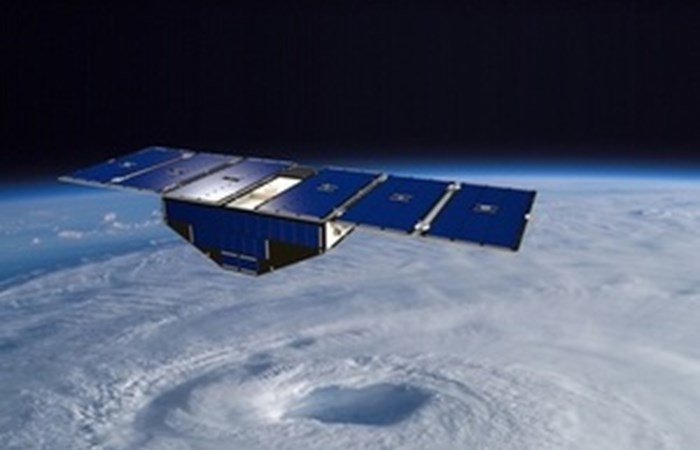UK Space Agency

Surrey Satellite Technology has developed the Space GNSS Receiver Remote Sensing Instrument (SGR-ReSI) for the Cyclone Global Navigation Satellite System (CYGNSS) mission providing scientists with innovative satellite technology.
The CYGNSS mission, which launched from Cape Canaveral Air Force Station in Florida on 15 December, is part of a NASA programme to improve extreme weather prediction by studying how tropical cyclones form.
CYGNSS will measure ocean surface winds in and near a hurricanes inner core, including regions previously could not be measured from space. CYGNSS will use both direct and reflected satellite navigation signals to obtain estimates of surface wind speed over the ocean.
Surrey Satellite Technology demonstrated the technology for the first time on its UK-DMC mission launched in 2003. It has subsequently developed the SGR-ReSI with sponsorship from the UK Space Agency, Innovate UK and the UK Centre for Earth Observation and Instrumentation and Space Technology. The first flight of the SGR-ReSI is on the UK TechDemoSat-1 mission, with exploitation support from the European Space Agency.
The UK is already a world-leader in satellite technology and Earth observation. In September the UK Space Agency unveiled new support to help the UK space sector maintain its leading position in Earth observation, helping to tackle global issues such as deforestation and disaster monitoring. This support included a new 2m joint programme for UK companies and academia to develop innovative technologies to observe the Earth from space.
Working together with the University of Leicester, Airbus Defence and Space UK, and RAL Space, the 2m funding from UK Space Agency will support UK companies and academia to develop their technologies and help them gain access to government funding worth up to 10 million.
For more information on the UKs involvement in the mission, check out the SSTL website.
